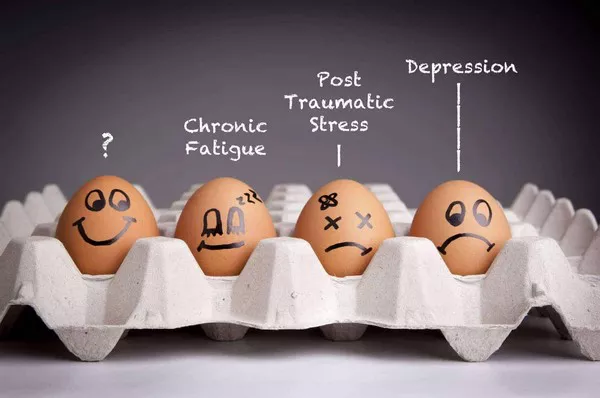The growing mental health crisis among young people in the UK calls for immediate and comprehensive policy solutions to provide the necessary support and intervention. A significant subset of students known as SEMH (social, emotional, and/or mental health) needs, formerly referred to as EBD (emotional and behavioural difficulties), are particularly vulnerable. These students face significant challenges in the education system, and their needs must be addressed urgently.
Children with SEMH needs often endure repeated negative comments, such as being labeled as lazy, stupid, or clumsy. By the age of twelve, the average young person with ADHD, a common condition within SEMH, is likely to have heard such derogatory remarks over 20,000 times more than their non-ADHD peers. Recognizing the unique challenges faced by SEMH students led to the transition from EBD to SEMH terminology in the 2014 SEND code of practice. This change aimed to emphasize their needs and move away from stigmatizing labels like “naughty children’s schools” or “sink schools.”
However, despite these initial steps, the educational system has not yet fully addressed the complexities of emotional and behavioral dysregulation among SEMH students. Many SEMH students continue to navigate an educational journey marked by challenging behavior, a sense of not fitting in, uncertainty, and failure. Moreover, the system has not fully acknowledged the profound impact of trauma, emotional neglect, abuse, deprivation, and poverty on young people’s mental health.
The problem extends beyond the classroom. SEMH needs represent the second-largest category of special educational needs and disabilities (SEND), trailing only speech and language needs. In the 2021/22 academic year, over 250,000 young people were identified as having SEMH needs. Unfortunately, it is often the manifestation of challenging behaviors that prompts young people to receive the help and diagnosis they require.
Equity remains a significant issue within SEMH diagnoses. Only 12 percent of 4-year-olds with SEND are identified as having SEMH needs, a figure that rises to 21 percent among 14-year-olds with SEND. This highlights the persistent link between behavior and SEMH. Furthermore, approximately 80 percent of young people diagnosed with SEMH are male, indicating that challenging behavior from male students often leads to their entry into specialized support systems. In contrast, female students with SEMH needs may exhibit less overtly challenging behaviors and tend to remain within mainstream education. Disparities in SEMH diagnoses are also evident within BAME (Black, Asian, and Minority Ethnic) communities.
Compounding these issues, there is a significant attendance crisis in schools, with approximately 116,000 young people receiving elective home education. The term ’emotionally-based school avoidance’ (EBSA) is gaining prominence, further highlighting the challenges faced by students with SEMH needs.
The critical takeaway is that young people with SEMH needs are frequently let down by mainstream educational settings. It is crucial to understand that specialized settings equipped to support these students are not merely “behavior schools” but centers of expertise where local collaboration should be fostered.
What a better approach entails:
– Offering an aspirational curriculum that emphasizes life skills and employability.
– Creating inclusive environments that accommodate students’ unique needs.
– Providing alternative learning spaces such as ‘satellite’ centers or online learning with specialized teachers.
– Employing highly skilled staff, including social workers and mental health professionals.
– Offering support and activities year-round, recognizing that some students face homelessness or food insecurity.
However, despite these efforts, there are significant challenges. Schools specializing in SEMH support are operating at capacity, often exceeding their designed limits. Misdiagnosis of SEMH needs is common, with challenging behavior frequently leading to a blanket SEMH diagnosis, which may not reflect the underlying issues. Local authorities often struggle to find appropriate placements for these students, even when they recognize that specialized support is required.
Early intervention and assessment are desperately needed, and collaboration between local authorities, educational specialists, and third-sector health professionals could be transformative. Additionally, young people aged 18 or 19 face uncertainty as they transition out of education, with limited support available. Collaborative efforts among education, employability, and health professionals could provide crucial support during this transitional phase.
In conclusion, the mental health crisis, particularly among young people with SEMH needs, demands immediate attention. The issue is complex, involving a growing number of students and disparities in diagnoses. Urgent policy solutions, early intervention, and collaborative efforts are essential to address this crisis effectively. As political parties consider their education policies, the mental health crisis and its solutions must remain a top priority.


